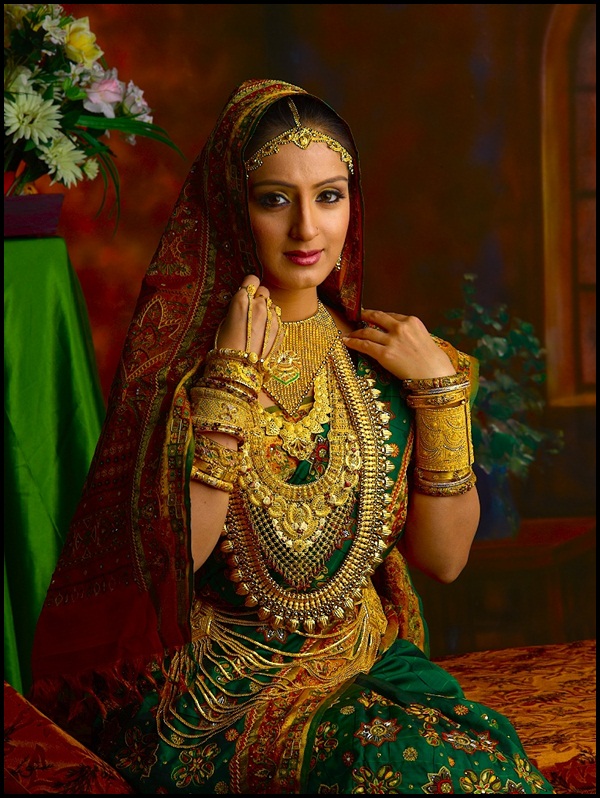No products in the cart.
Men's Lifestyle
Is wearing men’s jewellery taboo?
Men’s jewellery has been on the rise for a few years now and it is becoming more widely acceptable. Yet we still see a lot of men who are uncomfortable wearing jewellery.
Why is this and how did it become this way?
“Men are not supposed to wear jewellery” – where did this presumption come from and why? How has this presumption changed over the past few years?
These are all questions we have been asking ourselves over the past few days, hence we decided to do a bit of research to find out more.
History:
Jewellery goes back a long time. It has been part of history as we know it in several cultures around the world. In some cultures, it was a sign of status and wealth, in other cultures, it was used for protection.
The origins of jewellery go back 75,000 years ago. Some of the earliest jewellery remains have been found in the form of shell jewellery in Africa and a stone bracelet in Russia. However, the first signs of established jewellery making have been found in Egypt, the birth place of civilisation. Here, jewellery was a sign of status and power and was worn by both men and women, especially those who were wealthy. Various metals were used in making the jewellery for religious and spiritual purposes as well.
In Mesopotamia (now the Middle east), jewellery making had also become a major craft. Both men and women wore extensive amounts of jewellery including amulets, ankle bracelets and luxurious multi-strand necklaces. These were often made of thin metal leaf and natural stones such as agate, lapis, carnelian and jasper.
Jewellery has also been greatly revered in the Indian sub-continent, in China, particularly jewellery made of jade, in both the Mayan and Aztec civilisations. So if jewellery played such a major role in so many of these important civilisations in both reflecting status and power, as well as spiritual and religious matters, where did the change in the perception of jewellery originate? More importantly, why are men not supposed to wear jewellery if it is such a status symbol?
The change in the perception of jewellery:
We believe it could be a number of factors:
1. Gender inequality:
In Europe, particularly in Greece, jewellery was initially worn by both men and women in Ancient Greece. It appears that by the fourth century, the trend had ended and jewellery was hardly worn by men. Women still wore lots of jewellery and it was a sign of social status, wealth and beauty for them. Could this be where the gender divide between men and women emerged in terms of wearing jewellery? It is well known that in the Greek civilisation, women did not have many rights. Their right to education, politics and even freedom of movement was restricted. If they went out, they would have to observe “pardah” which refers to covering their bodies fully and wearing veils. Women were considered the property of the man and bearing female children was considered a disgrace. Women were only allowed to be in charge of the household. In this situation, if the value of jewellery was so high, why would men stop wearing it? If men were valued so highly, surely one would have expected men to wear jewellery rather than the women. There are two things that come to mind:
- Men needed to differentiate themselves from women. In a world where being a woman was a disgrace, it seemed apt for a man to look and feel different from a woman. As women loved jewellery and wore everything from earrings to necklaces to bangles, it would make sense not to wear these. Wearing jewellery would make a man more feminine i.e he would look like a woman, which meant that he would command less respect.
- Secondly, perhaps allowing the women to wear expensive gold/silver/stone jewels would enable them to feel valued. In a society where women were not valued, providing them with a superficial reason to feel valued could help keep the civilisation in check. Infact, we have come across a documentary in which it was stated that women in Greece were allowed a few days to hold an assembly where all the women could gather to discuss matters of importance, given that they were secluded from politics. This did not mean anything, nor did it make a difference to the politics, the women simply felt that they were valued. Allowing women access to the expensive gems of the household could make them feel that they are important.
2. Religion:
Based on our research, we came across this:
Christianity:
Deuteronomy 22:5
“A woman shall not wear a man’s garment, nor shall a man put on a woman’s cloak, for whoever does these things is an abomination to the Lord your God.”
This appears to be referring to clothing. But could it extend to other accessories such as jewellery? It is well known that women love jewellery, so could a man who wears jewellery be considered an abomination?
Island nations in the pacific had a lot of tribal jewellery designs. When the Christian missionaries visited these islands, they saw any type of tribal jewellery as a sign of the wearer’s devotion to paganism. Hence, this could have led to the decline of men’s jewellery across pagan nations. Even in the pagan nations, it may have been acceptable for women to wear traditional beaded jewellery due to gender differences associated with jewellery, however, any man wearing jewellery could have been considered to definitely be a pagan.
Islam:
Sunan of Abu-Dawood Hadith 4046 Narrated by Ali ibn AbuTalib
The Prophet of Allah (saws) took silk and held it in his right hand, and took gold and held it in his left hand, and said: both of these are prohibited to the males of my community.
According to the script above, both silk and gold are forbidden for males and yet are worn by women. Once again, both these materials are being associated with gender differences. If God decrees that a man will not wear gold, what can a man possibly do but obey? No questions asked. This is not restricted to other metals, but is it possible that during that time gold meant jewellery and jewellery meant gold?
There is an alternative way of interpreting this. Perhaps, God felt that as both gold i.e jewels and silk are luxurious materials, they are best placed on females as this would make them look better. It is thought that males are perfect as they are so there is no need to make them look any better. Either way, this reeks of gender inequality.
Hinduism:
Both the gods and goddesses are depicted wearing jewellery, lots of it. So we can assume the gods don’t have any problems with who wears jewellery. The more lush, the better.
Yet the interesting thing to note once again, is that Indian women wear lots of jewellery than you can imagine. Bangles, toe rings, bindi, earrings, headgear, waistgear, anklets, they come fully loaded. And this gets even more interesting. Each one of this jewellery pieces has a science behind it. They touch specific pressure points that ensure that the women stay healthy eg glass bangles are thought to reduce high blood pressure. It’s admirable to see that the men were so concerned about the women. However, if the pure concern here is to be healthy, surely both men and women should wear jewellery. Right?
We are aware that rings and particularly natural stone rings are of great significance to both men and women in Hinduism, even today. It is thought that based on the time a person is born and place of birth, their life could be affected positively/negatively by stars and planets. To keep these effects in check and balance any energies, both Hindu men/women may choose to wear certain rings made of their birthstones. The stars and planets can rest assured, there are no gender biases here.
3. Modernisation
The introduction of costume jewellery and advances in technology meant that jewellery could now be more readily available and made in a variety of styles. The large selection of costume jewellery now on the market in non-precious metals appeals mainly to women. If men are seen wearing jewellery, it is either a wedding ring or perhaps a gothic ring. Watches do not count as jewellery. Contemporary jewellery has mainly focused on women reinforcing the fact that jewellery is for women.
The rise of men’s jewellery:
The reasons we have identified above are our sole opinion based on the facts and materials we have found on the internet. The facts may or may not be true but one thing that definitely comes across regardless of the exact information, is that the reason jewellery is thought to be for women is due to gender inequality. Jewellery is one of those things that has been associated with women and given the long history of gender bias against women, it is not surprising that men are not too keen on wearing jewellery.
We are not saying that a man who does not want to wear jewellery is biased against women. We are saying that a man who considers wearing jewellery is afraid of what other men will think – and that they will associate him with either being gay/female/less manly.
Change in attitudes:
From our experience, we have noted a big change in attitudes to wearing men’s jewellery, especially when it comes to the younger generation. The younger generation is more open-minded and gender biases are melting. The younger generation is more concerned with expressing themselves, expressing individuality and their style. There is a “I don’t care what others think” attitude growing and as gender inequality concerns become more widely debated, there is a shift in attitudes.
Regardless of what society thinks, younger men are concerned about what makes them feel good and look good. They will wear something if they feel confident wearing it. Sometimes jewellery isn’t just about fashion, sometimes there’s more to it. A bracelet that means nothing to someone could mean the world to someone else because it makes them feel a certain way. Perhaps it is associated with a memory, perhaps it is connected to them, but on a level that no one else can understand.
Having said that, there is a small shift in attitudes of more mature men as well. Despite the generations that people grow up in, some may change their attitudes as more information becomes readily available or they see something that they could see themselves wearing. It could be the case that the jewellery for men that was available several years ago was simply too glitzy/glam to wear.
However, there are several options available now and for those men who would like to give it a try, they should try it because they want to. They should not be concerned about what others think/the notion of appearing less manly, because let’s face it, you live only once. You might as well live your life living it as your own – and not as though it’s someone else’s. If you want to wear that ring, go for it.
We would love to hear your thoughts on what you think about wearing men’s jewellery. Do you own any jewellery and what does it mean to you?



